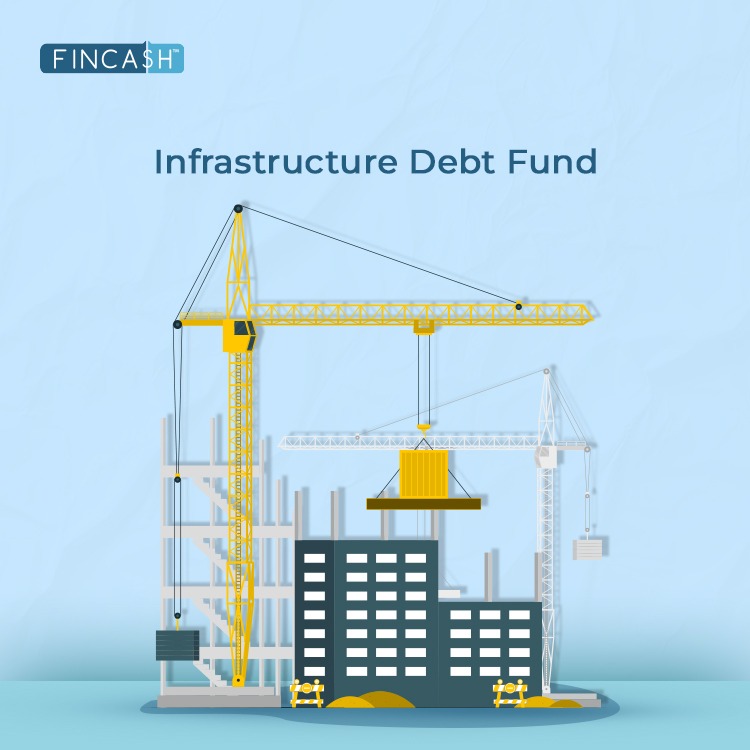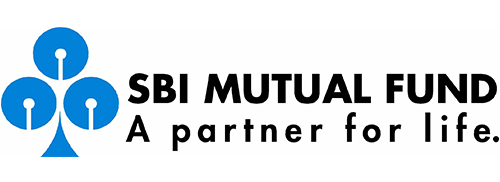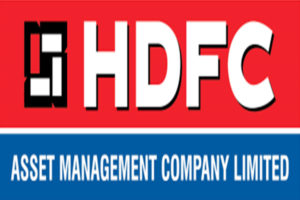A Detailed Guide to Infrastructure Debt Fund (IDF)?
Infrastructure Debt fund (IDFs) represent a unique Financial Instrument designed to address the challenges associated with financing infrastructure projects. As essential components of economic development, infrastructure projects often require substantial investments, extended gestation periods, and long-term financing solutions. Traditional funding sources, such as commercial banks, may face limitations in providing the necessary Capital for these projects due to regulatory constraints or risk considerations.

In response to these challenges, governments and financial institutions have introduced Infrastructure Debt Funds as specialised investment vehicles tailored to meet the financing needs of infrastructure projects. IDFs offer an alternative avenue for channelising long-term investment into the infrastructure sector, thereby facilitating the development of vital public assets such as transportation networks, energy facilities, and urban infrastructure. In this article, let's explore the purpose, benefits, and functioning of infrastructure debt funds, highlighting their role in supporting sustainable Economic Growth and fostering infrastructure development.
What is an Infrastructure Debt Fund?
Infrastructure Debt Funds (IDFs) are investment vehicles that can be established by commercial banks and Non-Banking Financial Companies (NBFCs) in India. These funds allow domestic and Offshore institutional investors, mainly insurance and pension funds, to invest in them through units and Bonds issued by the IDF. The primary purpose of IDFs is to refinance existing debt of infrastructure companies, thereby freeing up capital for banks to lend to new infrastructure projects.
IDF-NBFCs are responsible for taking over loans extended to infrastructure projects, particularly those developed through the Public-Private Partnership (PPP) route, which have completed at least one year of commercial production. IDFs can be established either as a Trust or as a Company. A trust-based IDF typically functions as a Mutual Fund (MF) and falls under the Securities and Exchange Board of India (SEBI) regulation. At the same time, a company-based IDF usually functions as a Non-Banking Financial Company (NBFC) and is regulated by the Reserve Bank.
Talk to our investment specialist
Essential Features of IDF MF
Here are the key features of IDF MF:
Capital
100% financed via the issue of rupee-denominated units
Credit Rating of Eligible Asset
A minimum of 70% investment in Investment Grade rated, i.e., BBB- and above
Investments
Infrastructure sector at a lifecycle stage of a project with an investment of 90%-debt securities / securitised debt instruments of -
- Infra companies
- SPVs, and/or
- Projects of infra sectors
- Up to 10%-Equity/money market instruments/bank deposits
Investor
- Minimum investment of Rs. 1 crore along with Face Value of Rs. 10 Lakhs/unit
- Minimum five investors with none of the single investor to hold more than 50% of the net assets of the scheme
Maturity
- Minimum of 5 years with structuring for longer tenures
- Interval scheme with a five-year lock-in period for investors
Regulator
- Securities Exchange Board of India (SEBI)
Structure
- Close-ended
- Dividend & growth option
- A mutual fund with a concentration on long-term IDF
Purpose of Infrastructure Debt Funds India
Jotted down below is the purpose of IDF:
The IDF initiative in India aims to tackle the challenge of accessing long-term financing for infrastructure projects.
The establishment of IDFs was introduced to enhance and expedite the provision of long-term finance for infrastructure projects.
IDFs serve as a supplementary funding source for infrastructure projects, Offering a mechanism to refinance existing infrastructure debt, which commercial banks predominantly finance.
Advantages of Best Infrastructure Debt Funds
Here are some major benefits of IDFs:
Through refinancing ongoing project bank loans, IDFs are poised to assume a considerable portion of the current bank debt, thereby releasing funds for fresh infrastructure financing initiatives.
Public-Private Partnership (PPP) projects facilitated by IDFs would benefit from inherent credit enhancement, potentially resulting in lowered risk levels and, consequently, higher credit ratings.
IDFs are expected to serve as conduits for directing the long-term, low-cost resources of Provident Funds and Insurance Funds towards infrastructure projects.
Furthermore, establishing an IDF is anticipated to contribute to the growth of a secondary bond Market.
Sponsoring IDF-MFs and IDF-NBFCs
Here, sponsorship refers to equity participation by the NBFC, typically ranging from 30% to 49% of the IDF's total ownership. While IDF-MFs can be sponsored by banks and NBFCs, only banks and Infrastructure Finance companies can sponsor IDF-NBFCs.
Qualification Criteria for Sponsorship
Here is how sponsorship can be approved:
NBFCs Seeking to Sponsor IDF-MF
NBFCs intending to sponsor IDF-MFs must adhere to the following criteria:
- The NBFC should maintain a minimum Net Owned Funds (NOF) of Rs. 300 crores and a Capital to Risk-Weighted Assets (CRAR) ratio of 15%.
- Its net Non-Performing Assets (NPAs) should be below 3% of net advances.
- The NBFC must have a record of at least five years of operation.
- It should demonstrate profitability over the last three fiscal years, with satisfactory overall performance.
- The CRAR of the NBFC following investment in the IDF-MF should meet or exceed the regulatory minimum stipulated for it.
- The NBFC should maintain the requisite level of NOF even after factoring in the investment in the proposed IDF.
- There should be no regulatory concerns regarding the NBFC's operations.
IFCs Seeking to Sponsor IDF-NBFCs
NBFC-IFCs must fulfil the following criteria to sponsor an IDF-NBFC:
- Sponsor IFCs are permitted to invest up to 49% in the equity of IDF-NBFCs, with a minimum equity stake of 30%.
- Following the investment in the IDF-NBFC, the sponsor NBFC-IFC must maintain the minimum Capital to Risk Weighted Assets Ratio (CRAR) and Net Owned Funds (NOF) as prescribed for IFCs.
- There should be no regulatory concerns regarding the operations of the IFC.
What is a Tripartite Agreement and its Importance for IDFs?
A Tripartite Agreement involves three parties:
- The Concessionaire (the entity responsible for developing the infrastructure project).
- The Project Authority (such as NHAII or a statutory body overseeing infrastructure development).
- The IDF-NBFC.
It binds these parties collectively and establishes the following:
- Transfer of a portion of the Concessionaire's debt obtained from Senior Lenders to the IDF-NBFC.
- In case of Default by the Concessionaire, the agreement initiates the termination process between the Project Authority and the Concessionaire.
- The Project Authority must redeem the bonds purchased by the IDF-NBFC using the termination payment specified in the Tripartite Agreement and other associated agreements (compulsory buyout).
What are the Qualification Criteria for an IDF-NBFC?
The eligibility criteria for an IDF-NBFC are as follows:
- Minimum Net Owned Funds (NOF) of Rs. 300 crores.
- Capital to Risk-Weighted Assets (CRAR) of 15%.
- Net Non-Performing Assets (NPAs) should be less than 3% of net advances.
- Operational existence for a minimum of 5 years before application.
- Profitability for the preceding three years.
- Satisfactory performance without any supervisory concerns.
- Attainment of at least a credit rating grade of 'A' from CRISIL or an equivalent rating from other recognised rating agencies like FITCH, CARE, BRICKWORK, and ICRA.
Concessions on Credit Concentration Norms for IDF-NBFCs
IDF-NBFCs do receive certain concessions on credit concentration norms. The maximum exposure that an IDF-NBFC can have on individual projects is limited to 50% of its total Capital Funds (comprising Tier I and Tier II) rather than its Owned Funds as in the case of regular NBFCs. Additionally, the Board of the IDF-NBFC may allow an additional exposure of up to 10% at its discretion. Furthermore, if the financial position of the IDF-NBFC is deemed satisfactory by the RBI, and upon Receipt of an application from the IDF-NBFC, the RBI may permit an additional exposure of up to 15% (over 60%), subject to certain conditions and additional prudential safeguards as deemed fit by the RBI.
Risk Weights Assigned to Assets of IDF-NBFCs for Maintaining Capital Adequacy
For calculating the capital adequacy of IDF-NBFCs, bonds covering Public-Private Partnership (PPP) and Commercial Operations Date (COD) projects that have existed for over a year since commercial operation will be assigned a risk weight of 50%.
Conclusion
The importance of infrastructure debt funds lies in the distinct and challenging nature of infrastructure financing, which differs significantly from other forms of funding. With its substantial requirements, protracted gestation period, and prolonged financing needs, infrastructure lending burdens the Economy considerably. Therefore, Infrastructure Development Funds have the potential to alleviate this burden significantly.
All efforts have been made to ensure the information provided here is accurate. However, no guarantees are made regarding correctness of data. Please verify with scheme information document before making any investment.












